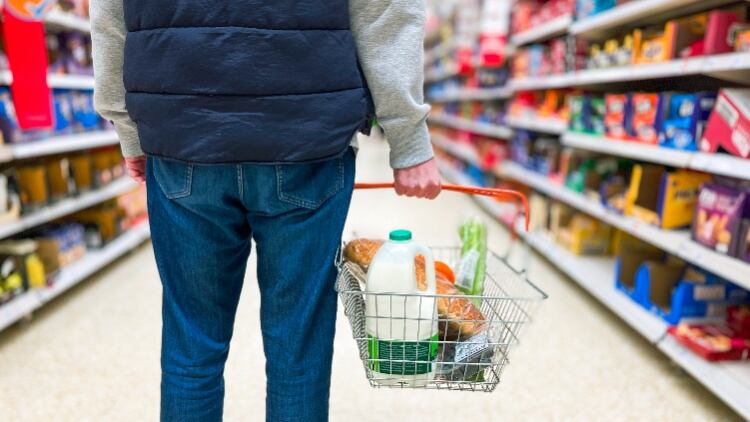This is the sixth consecutive month where the ‘food and non-alcoholic beverage annual inflation rate’ has fallen, down from 13.6% in August.
The F&B annual inflation rate peaked at 19.2% in March 2023, the highest level seen in 45 years.
The fall from 13.6% to 12.2% between August and September translates to 0.1% reduction in prices. In September 2022, the food and drink inflation rate was 14.6%, reflecting a 1.1% increase in prices when compared with August 2022.
Costs remain stubbornly high
Despite the signs of recovery signalled by these latest figures, Karen Betts, chief executive of the Food and Drink Federation (FDF), reiterated the challenges facing the industry.
While falling energy costs comes as a relief, concerns over high input costs continue to beset food and drink businesses.
“Energy is embedded in everything food and drink businesses do, and so recent lower energy costs are welcome, which have driven down logistics costs too,” Betts said following the release of the September inflation figures.
“However, other costs remain stubbornly high and these have been exacerbated by wildfires, heatwaves and flooding across parts of Europe this summer. This has reduced fresh produce yields and driven up prices for sugar and olive oil in particular.”
The unpredictable weather highlighted by Betts, in concert with the war in Ukraine, has also impacted commodity prices, while labour shortages persist throughout the food and drink sector.
"Many companies in our sector, particularly SMEs which make up 97% of the industry, are struggling to recruit workers which is driving up the cost of labour,” Betts added.
“The government could do more to help by rapidly implementing the recommendations set out in the Independent Review of Labour Shortages in the Food Supply chain and by reducing unnecessary regulatory burdens, including urgently reviewing new and costly ‘not for EU’ labelling plans for food sold in Great Britain."
In other news, Food Manufacture has rounded up the latest senior appointments from across the food and drink industry.





